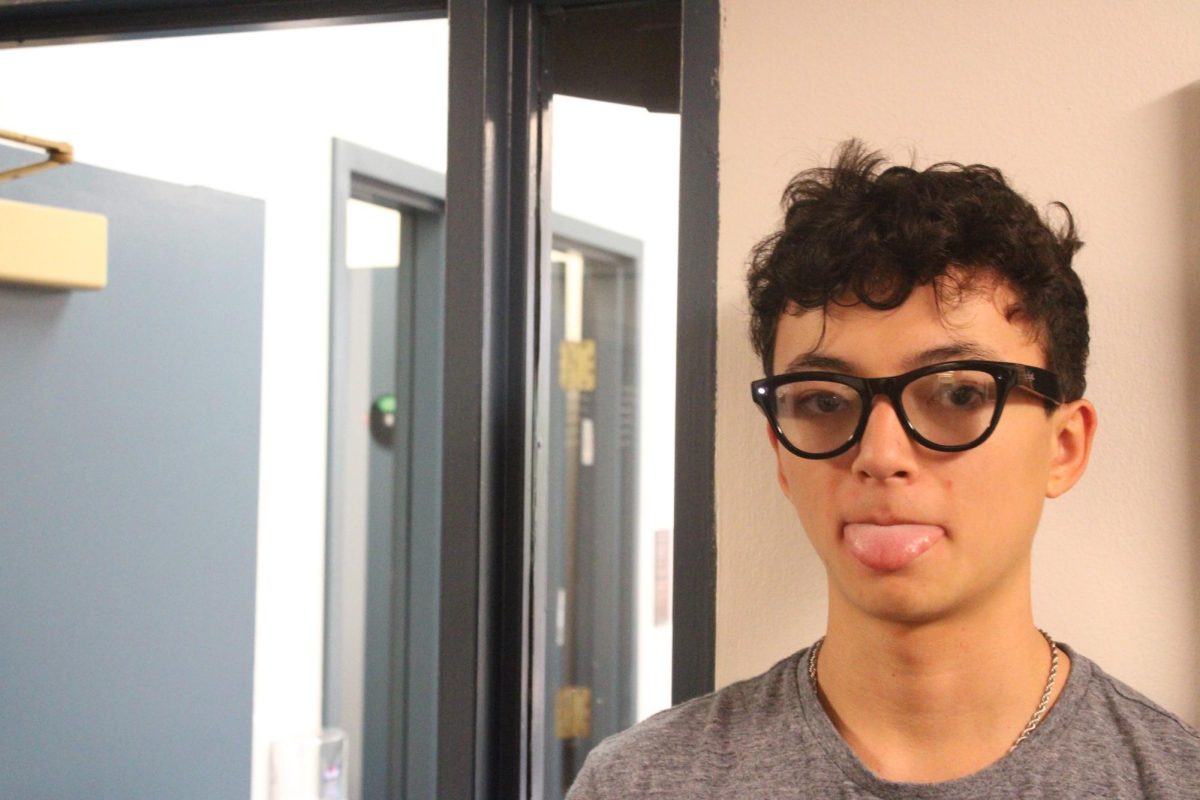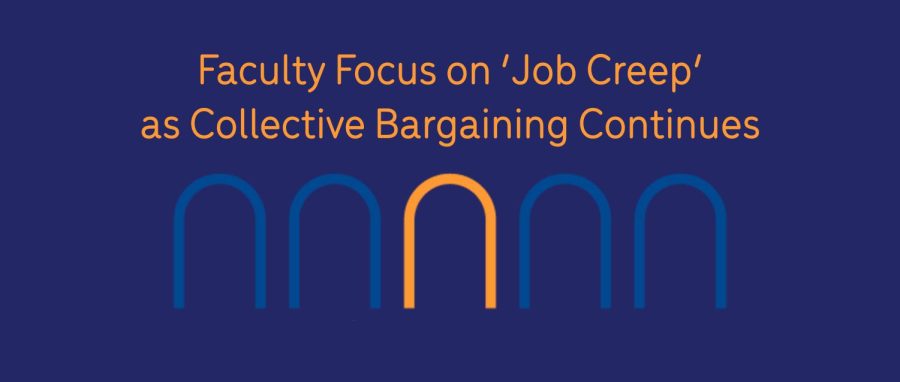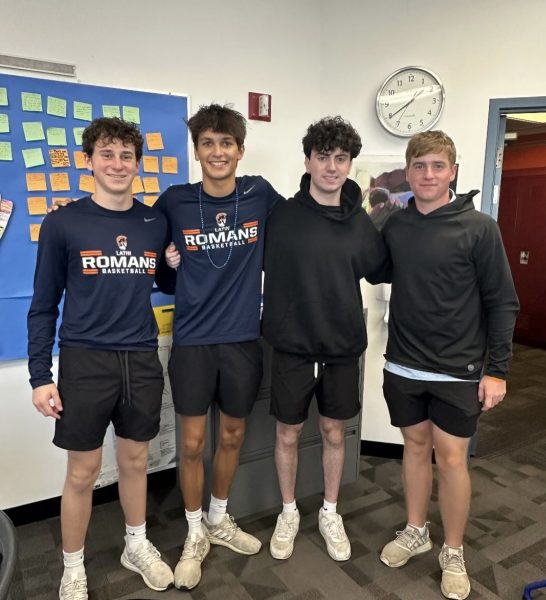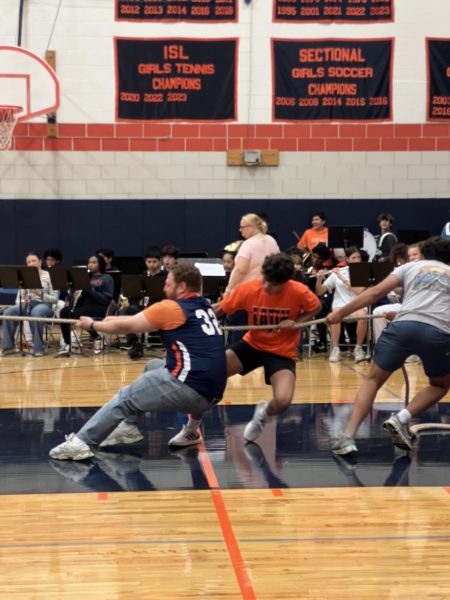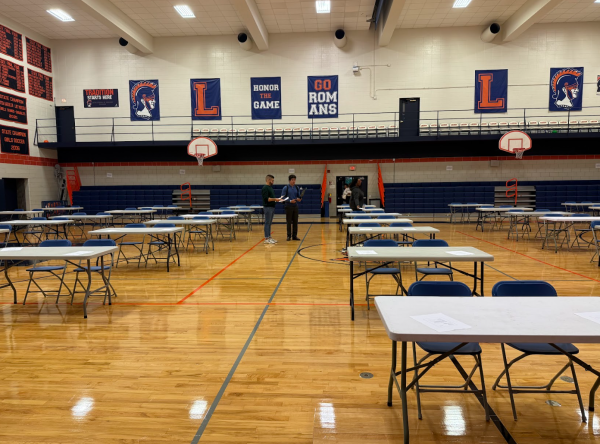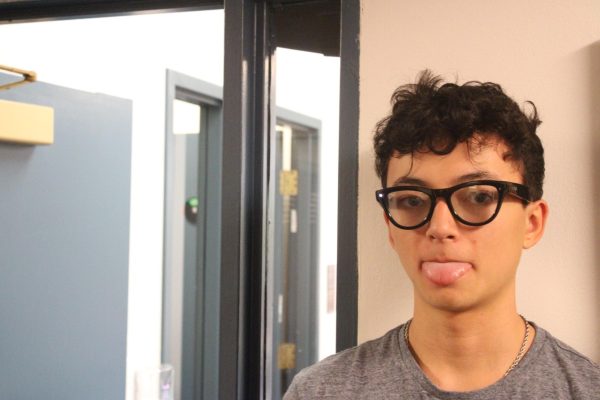Faculty Focus on ‘Job Creep’ as Collective Bargaining Continues
Negotiations between the faculty union and the administration are already underway for the 2022-23 school year.
The Latin School Union (LSU) is heading into the school year with no contract and no raise, but the collective bargaining process continues.
In its inaugural year after the June 2021 election, the LSU fought COVID policies, elected an executive board, and began collective bargaining.
Over the summer, in response to the administration’s counter proposals presented in May (on academic freedom, appointments, layoffs, holidays and paid time off, and leaves), the union asked to schedule bargaining sessions. The administration, according to the LSU newsletter sent on August 3, was unable to make time to meet between June 29 and August 10.
Head of School Thomas Hagerman’s emailed statement said, “So far, bargaining sessions have occurred on April 1, May 11, May 25, June 29, August 10, and August 31.”
At their first meeting of the school year, the administration and the union agreed on four proposals: union recognition, non-discrimination, personnel files, and dues and fees.
Prior to the August 31 bargaining session, the administration posed questions regarding the workload proposal. Upper School Latin teacher and President of the LSU Elissabeth Legendre responded on behalf of the union at the meeting, opening with the following remark: “Teacher working conditions are student learning conditions.”
While union members say they are pleased with their current working conditions, they are concerned about potential change, in the negative direction.
Since the beginning of the COVID pandemic, teachers have been tasked with more responsibilities, whether that means being on call for Middle School snack time, extra community time, teaching more classes, or just having more students per class. This additional work is often considered job creep, and the additional work doesn’t come with additional compensation.
Middle School English teacher and member of the bargaining committee Jennifer Nabers said, “I think it’s really important to say that kids and families need more now, and we want to help provide all the care that we think our students need.” She added, “That sometimes ends up feeling a little like job creep. Someone in our meeting just said, ‘When we’re talking about our fifth graders, who are 10, the pandemic has literally been 20 percent of their life.’ So this is what is normal for them, so we’re really having to take care of people in ways that require more time of us.”
Nichol Hooker, Chair of the US Math Department and US Representative for the union, noted the significant increase in enrollment over the years. “The size of the [Upper School student body] has certainly grown in my time here, which means larger classes, more student meetings, more students in advisory, more college recs, etc. It’s hard to quantify that added burden, but it’s worth mentioning that there is an impact on faculty.”
Ms. Legendre said, “Many employees already complete work outside the 7:45-3:45 limit—before and after-school meetings, gradings, making copies, setting up labs, communicating with families.” She added, “There are some things we do that cannot be done at home, such as meeting one-on-one with students and colleagues. We must preserve time in our day for these vital functions.”
Currently, most teachers teach four classes, have four free blocks, an advisory, and potentially advise a club or affinity group. Additionally, some teachers coach an athletic team. Since Latin has a block schedule, though, some days are busier than others.
“I think what I’m hearing from a lot of our membership is, What I am being asked to do right now is doable, but I am worried that in the future, [the administration is] going to give me more students,” Ms. Legendre said. “They’re going to ask me to do more community time. We are going to have advisory every single day; we’re going to have five classes.”
In regards to whether this “job creep” is even possible without additional compensation, Dr. Hagerman said, “Collective bargaining is supposed to be a confidential process between negotiating parties. Unfortunately, I cannot provide any specific details on proposals that are currently being discussed.”
Ms. Nabers said, “A million years ago, I did Teach for America. Although I want a fair contract and I want fair equal working hours for my colleagues and contact hours so we can do all those other things, I also remember what it was like to work at a school where I had zero free time during the day. I try to remember how lucky we are here.”
Ms. Nabers added, “There were Lower School teachers [last year] who didn’t have time to eat lunch. That’s really hard. You can’t be with kids all the time during the day, it’s just really hard. You need to have a little bit of time to do your thing.”
In response to the union’s workload proposal and the idea of giving teachers rest throughout the day, Dr. Hagerman said, “None of the proposals include language about ‘rest’; however, we are discussing workload proposals which center on making sure that faculty can strike a good balance between direct teaching time, other professional responsibilities, and planning and preparation times.” He added, “We are committed to the wellness of all members of our school community, and we understand that work life factors into finding the appropriate balance.”
Even though teachers have had to take on more responsibilities within the school, union members have not received any salary increase this year, as they do not yet have a completed collective bargaining agreement with the administration. This is in part because the two parties were unable to meet much over the summer, and also because the LSU wants to ensure all faculty and staff who have signed membership cards are allowed a voice and an opinion in the contract.
The union’s latest reported position advocated for a 9 percent raise, while the administration was holding firm at their offer of a 3.5 percent raise. The tuition hike for this school year is 3.5 percent.
Regarding faculty salaries, Dr. Hagerman said, “Salary and other benefits will be discussed at future bargaining sessions.”
Initially, 66 percent of the faculty voted to support the union, and that number grew to 75 percent of the faculty during the 2021-22 school year. But 9 percent of the pro-union faculty left Latin last year, bringing it back down to 66 percent, according to Ms. Legendre.
“I think that important work takes time,” Ms. Legendre said. “The democracy of it is really wonderful, and it can be frustrating because we live in a world that is very quick and changes are made really quickly. So on one hand, we do want to be nimble. On the other hand, we want to involve all of the voices and hear from people.”
Similarly, Ms. Nabers said, “It is a frustrating experience in some ways, because we’re not used to it; we are just used to a decider who is going to decide and that’s it. But I think that it’s been really cool to be part of a truly democratic organization of my colleagues where we get to say this is what’s important to us.”
Despite their long road ahead, union members seem eager to jump back in. Dr. Hooker said, “I’m hopeful for that path forward. It just feels like there is optimism.”

Eliza Lampert (’24) is a senior at Latin and is overjoyed to serve as one of this year’s Editors-in-Chief. During her time writing for The Forum, she...





